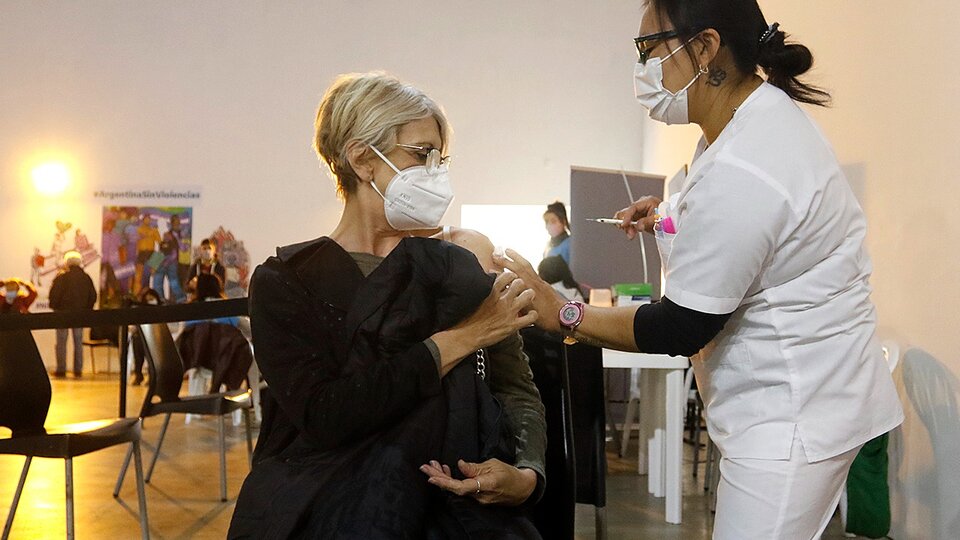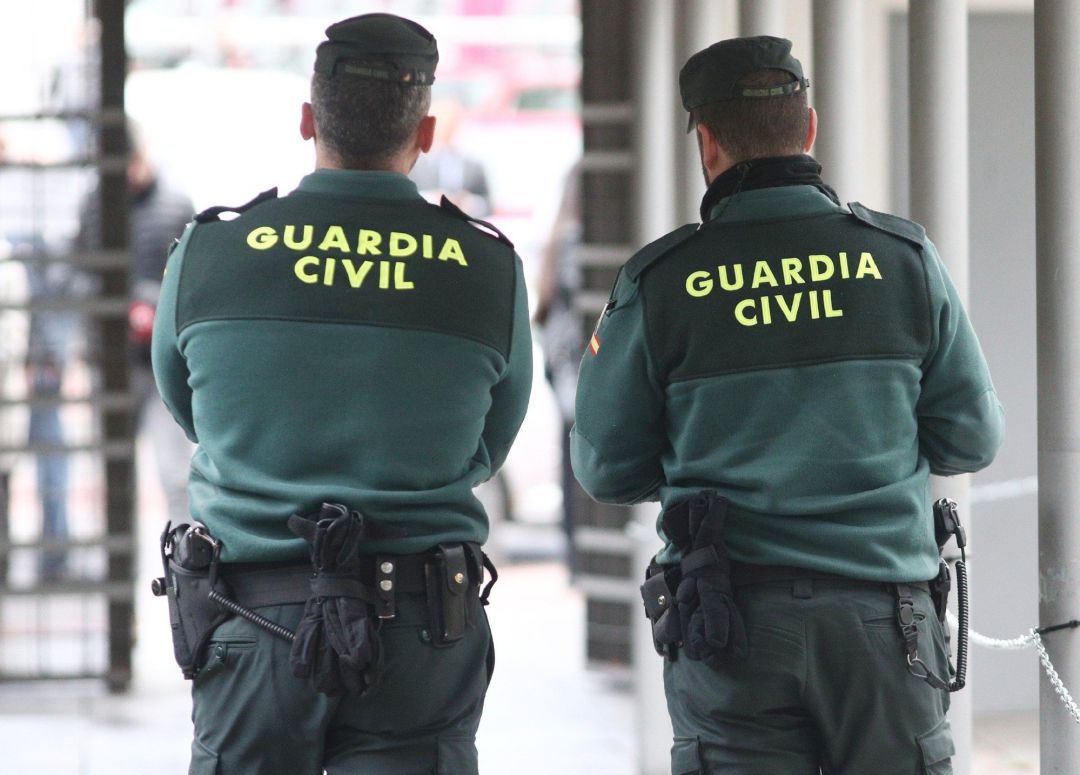The Minister of Health of the Nation, Carla Vizzotti, announced this Tuesday that the country will begin to apply third doses against the coronavirus to people with immunocompromiseregardless of the vaccine received, already over 50 who have applied the Sinopharm formula, so that they can complete the basic immunization scheme that, unlike the rest of the population, does not consist of 2 doses but 3.
At the same time, in December, the application of booster doses will begin to the rest of society that with 2 doses did complete the basic immunization plan –that is, it reached a sufficient level of immunity – but that needs, over time, an extra dose to strengthen the protective effect. For this, the priorities of the campaign that were originally established will be respected, so the first to receive the reinforcement will be the members of the health establishment.
Difference between third dose and booster dose
The third dose, or additional dose, “must be differentiated from the booster dose (also known as booster),” the Ministry of Health clarified in a statement.
- Additional dose or third dose: administration of an additional dose later as part of the primary regimen, when the initial immune response is probably insufficient. Other vaccines with a 3-dose primary schedule are, for example, the quintuple vaccine and the Polio vaccine.
- Booster dose: administration of a dose of vaccine after a primary regimen with a sufficient initial immune response, taking into account the possible decrease in response over time. It is applied periodically with an interval that is usually not less than 6 months. Other booster vaccines are, for example, the triple viral and the double bacterial.
Who should get the third dose?
The portfolio led by Carla Vizzotti set the target population for the third dose at immunocompromised peopleRegardless of the formula received, those who must present a medical prescription at the time of inoculation. He included in this group those who present any of these conditions:
- Oncological treatment for solid and onco-hematological tumors.
- Solid organ transplant recipients under immunosuppressive treatment.
- Hematopoietic stem cell transplant recipients in the last 2 years or under immunosuppressive treatment.
- Moderate or severe primary immunodeficiency.
- People living with HIV.
- Active treatment with high-dose corticosteroids or immunosuppressive medication.
“These are people who, due to their conditions, have a lower capacity to respond to vaccines, precisely because their defenses are not the same as the rest “and that is why the complete basic plan in that case is not 2 doses but 3, he explained to Page 12 the infectologist Daniel Pryluka.
The same thing happens with people older than 50 inoculated with Sinopharm, since “from that age the immunosenescence, which is the aging of the immune system “that generates less response to inactivated vaccines, said the specialist.
What vaccines will be given as the third dose?
According to the information from studies of the effectiveness of heterologous schemes and the availability of doses in the country, the Ministry of Health of the Nation recommends the following schemes:
- Immunocompromised persons aged 18 years and over: Homologous or heterologous schedules will be used applying a third dose of Sputnik V component 1 or AstraZeneca vaccine in people between 18 and 39 years old and AstraZeneca in people 40 years of age or older.
- Immunocompromised people from 3 to 17 years old: Vaccines that are authorized for the age should be used.
- People 50 years of age or older with a primary inactivated virus vaccine scheme against COVID-19: An additional heterologous dose will be prioritized, prioritizing non-replicative virus vaccines, according to availability.
“The minimum interval of application of the additional dose, in all cases, will be no less than 4 weeks from the application of the last dose“said the agency, which estimates that immunosuppressed people and those over 50 inoculated with Sinopharm add up to a total of 1,600,000.
Who will get the booster dose?
The booster doses, unlike the third doses, will be applied to those people who did achieve sufficient immunity, but who require an extra dose over time to strengthen the protective effect.
Therefore, all people will eventually need a booster dose, including those immunosuppressed and those over 50 vaccinated with Sinopharm, who in this case would receive – with the passage of time – a fourth puncture.
“The year of reinforcements in Argentina will be 2022”, defined Vizzotti in the conference this Tuesday. In this sense, Jorge Geffner, doctor in Biochemistry, professor of Immunology at UBA and senior researcher at Conicet, considered in dialogue with Page / 12 that this booster should be 1 and not 2 doses, given that “there are no more than enough vaccines in the world, with places like Africa, where 4 percent have been vaccinated, and it has already been seen that the third dose generates antibodies.”
The scientist insisted that “we are protected” without booster doses, “but we want maximum protection and that is why we must be vaccinated.”
– .


